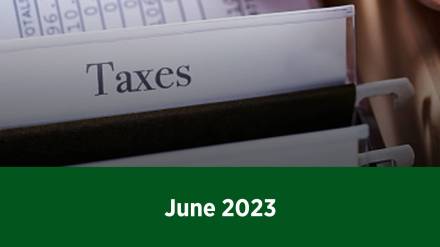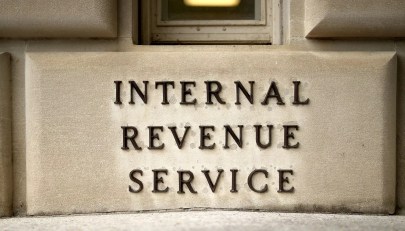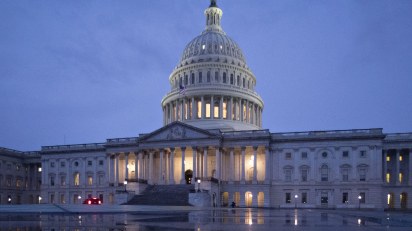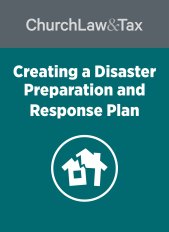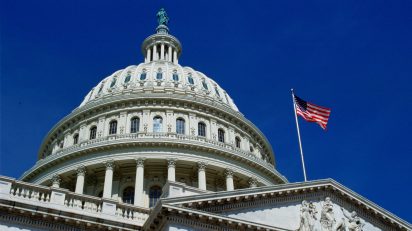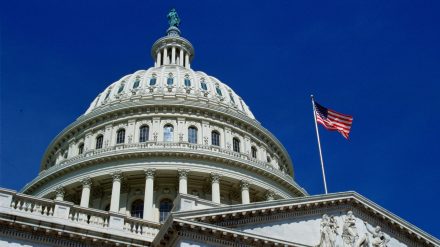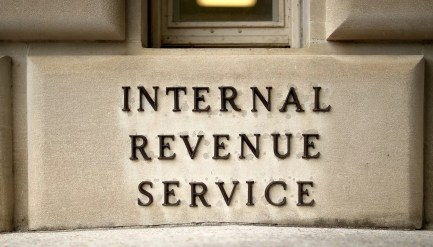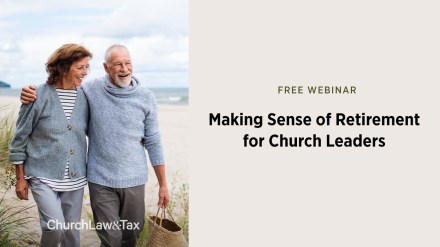Editor’s Note: This article, which is provided for information only and is not an endorsement, has been edited and republished with permission from Batts Morrison Wales & Lee.
Many church and nonprofit leaders are wondering if their organizations’ bank deposits are safe in the current banking environment. And for good reason.
Join Church Law & Tax today as an Advantage Member and begin receiving unlimited access, product discounts, exclusive webinars and events, and much, much more!
Immediately before Silicon Valley Bank (SVB) was taken over by the FDIC on March 10, 2023, one major ratings agency had an “A” rating outstanding for the bank, and another had a “B” rating outstanding.
SVB’s failure was the second largest in US history, according to The Wall Street Journal, which offered a truly remarkable observation about it: “The bank was in sound financial condition on Wednesday, the regulator said. A day later, it was insolvent.”
When a bank with “A” and “B” ratings is considered by regulators to be sound one day, and taken over by the FDIC two days later, it’s only logical to wonder how any reasonable, prudent person can know whether any bank is in healthy financial condition.
Fortunately for SVB’s depositors, federal banking officials have indicated that all SVB depositors will be made whole, even beyond the $250,000-per-depositor FDIC coverage cap because of SVB’s systemic importance.
But a logical corollary is that one cannot assume that the same will be true for the next bank that fails. Another bank, Signature Bank, also recently failed.
Assessing where your organization banks
Given the practical limitations on the ability to know whether any bank is truly safe and sound, what can–and should—church and nonprofit leaders do to ensure that their organizations’ bank cash deposits are safe?
Some people are suggesting that perhaps the only safe banks are the very largest banks in the country … those that many believe regulators deem are “too big to fail.” It is important to note that the assumption that regulators would make all depositors of a very large bank whole in any failure scenario is just that…an assumption. There is no federal guarantee of regular deposits in any bank beyond the FDIC’s $250,000 per depositor insurance coverage.
Additionally, If all depositors decided to bank only with the largest banks, smaller local and regional banks would be wiped out, and local banking relationships could be more difficult to maintain. And depending on the size of your organization’s deposit balances, it may not be practical to try to spread deposits among multiple banks keeping balances below the FDIC coverage cap of $250,000 per depositor.
So, let’s turn to the topic of making deposits in the banking system.
Clearly, there are ways to protect cash outside of the banking system in an investment portfolio, such as investing (with the help of a properly credentialed investment advisor) in short-term US Treasury securities or in appropriate investment funds that hold such securities. But what about cash that your organization simply wants to keep in the bank?
It is probably true that the larger the bank, the more likely it is that federal regulators would deem it too big to fail.
So, if your organization wants to bank with a big bank, that could be an appropriate strategy. Bankrate offers a list of the 15 largest banks in the US. It is interesting to note, however, that #14 on the list, First Republic Bank, recently had a severe challenge. Bankrate’s website includes an update on First Republic Bank dated March 17, 2023, which states:
It’s also important to note that First Republic recently faced turmoil that threatened its solvency following the collapse of Silicon Valley Bank and Signature Bank. However, 11 of the largest US banks came together to save the bank, depositing $30 billion into First Republic to keep it afloat.
Just know the fact that a bank is large–even very large–is not, in and of itself, assurance of the bank’s financial health.
A word of caution: Any organizations or persons considering any strategy to manage the risk of their bank deposits or other assets should perform their own due diligence before taking action.
Tapping into IntraFi
Is there a way to ensure that an organization’s bank cash deposits are safe, even with a local or regional bank?
Many such banks would answer that question with a resounding “Yes!,” and a number of them would point to their participation in programs offered by IntraFi Network, LLC (IntraFi). IntraFi’s website describes its two main programs, ICSand CDARS, as follows:
Using IntraFi Cash Service℠, or ICS, and CDARS you can access millions in FDIC insurance for cash deposits from IntraFi® network banks and enjoy the simplicity of banking with just one trusted, local institution. Conveniently and easily secure funds placed into demand deposit accounts, money market deposit accounts, or CDs.
Banks that participate in the IntraFi network allow customers to maintain a relationship with one bank and have FDIC insurance coverage for deposits well beyond the standard FDIC coverage cap of $250,000 per depositor per bank. The network allows for the larger deposits to be spread among multiple banks in the network in amounts below the $250,000 FDIC cap while maintaining one point of contact with one participating bank.
IntraFi offers programs for demand deposit (checking) accounts, money market accounts, and CDs. Participation in the IntraFi program with a participating bank can carry a cost or fee . The cost can apply as a reduction in the interest rate you earn on your deposit balances. For example, in another alert about earning interest on your organization’s excess checking account funds, I quoted Texas Security Bank president, Craig Scheef, who stated that his bank reduces the interest rate it pays on money market accounts (currently, approximately 4% annualized) by 0.15% for deposits that participate in the IntraFi program.
The IntraFi website, which says that thousands of financial institutions across the country participate in its programs, has a web page that allows you to find banks that participate in the program as well as an FAQ page. In the current environment, interest in the IntraFi program has increased significantly, according to Scheef.
Michael (Mike) E. Batts is a CPA and the managing partner of Batts Morrison Wales & Lee, P.A., an accounting firm dedicated exclusively to serving nonprofit organizations across the United States.







